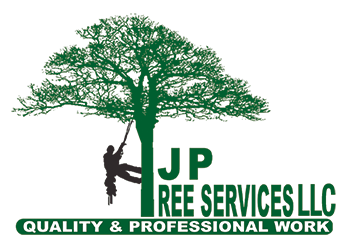5 Indications that Your Big Tree Is Posing a Safety Threat
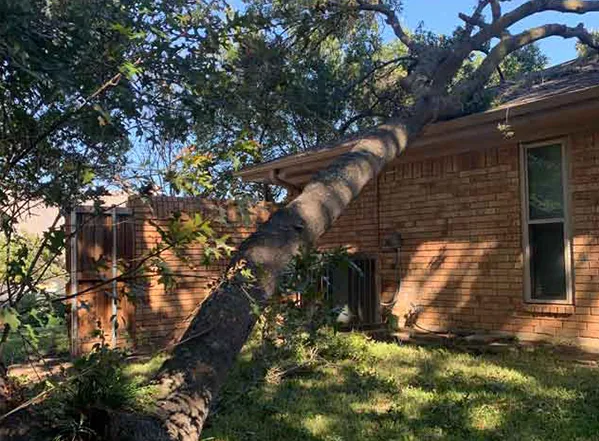
Mature trees add beauty and shade to your property, but when a big tree shows signs of trouble, it could pose a safety risk to people and structures nearby. Recognizing these warning signs early can help prevent accidents and costly damage. At J P Tree Services, we can determine if your big tree is creating a safety risk and then expertly remove it if necessary. Here are five warning signs that your big tree is a safety threat.
Splits in the Trunk
Large cracks or splits in a tree’s trunk can indicate structural instability. These weaknesses may worsen during storms or high winds, increasing the risk of the tree or large branches falling. If you notice significant cracks, it’s important to have the tree assessed by the arborist.
Dead/Dying Branches
Dead or dying branches are also dangerous. These branches can break off unexpectedly, potentially causing injury or damage to property. A tree with many dead branches may be experiencing disease, pest infestation, or severe stress, all of which can compromise its health and stability.
Leaning
A tree that is leaning significantly, especially if the lean has developed recently, may have an unstable root system. An unnatural lean can also result from soil erosion or damage to the roots. This makes the tree more likely to fall and should be addressed promptly.
Root Problems
The roots are the foundation of a tree, and any issues with them can compromise the tree’s stability. Signs of root problems include heaving soil, fungal growth at the base of the trunk, or exposed roots due to soil erosion. Damaged or diseased roots can weaken the tree’s anchor to the ground, increasing the risk of toppling.
Signs of Disease or Pest Infestation
Diseases and pests can significantly weaken a tree’s structure. Look for symptoms such as discolored or wilting leaves, unusual growths on the bark, or sawdust-like material at the base of the tree. A diseased or infested tree is more likely to shed branches or collapse, posing a hazard to its surroundings.
Tree Removal in Dallas
When you
need tree removal in Dallas
and the surrounding area, contact J P Tree Services at
(945) 235-2029. Feel free to give us a call to ask for an arborist estimate in Dallas, TX!
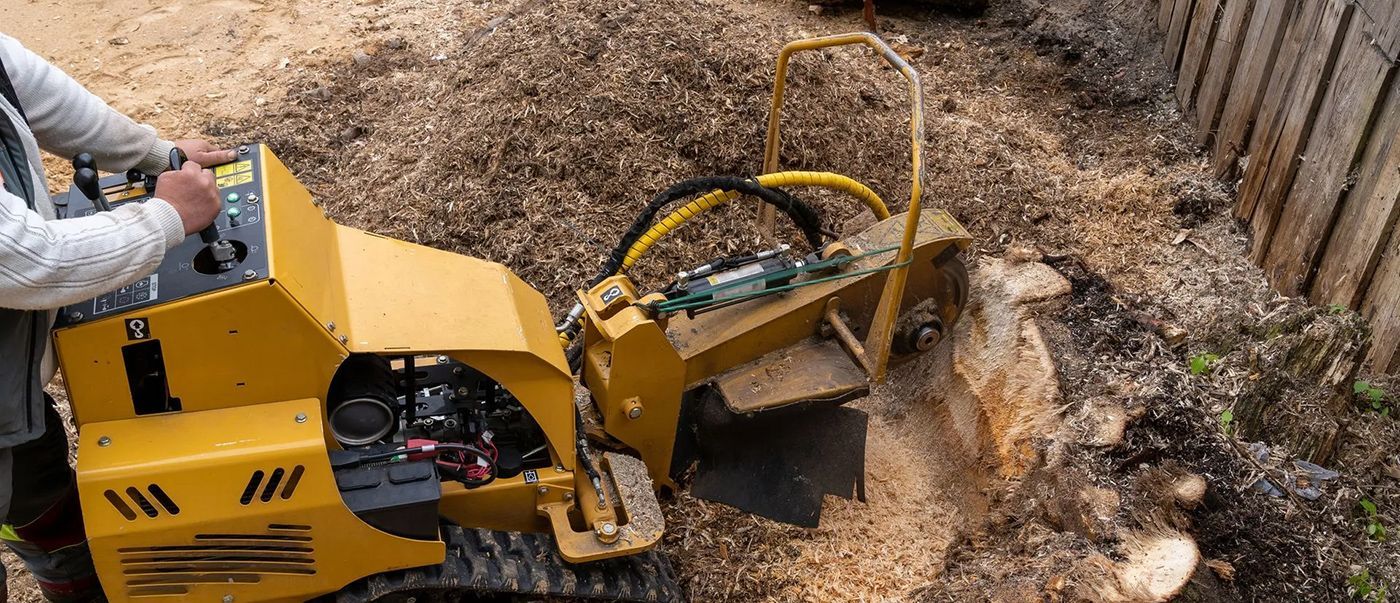
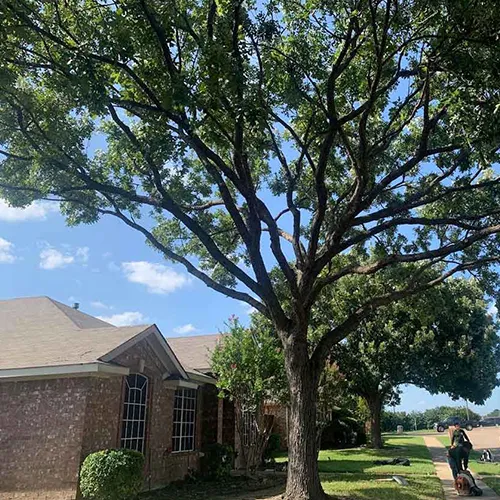
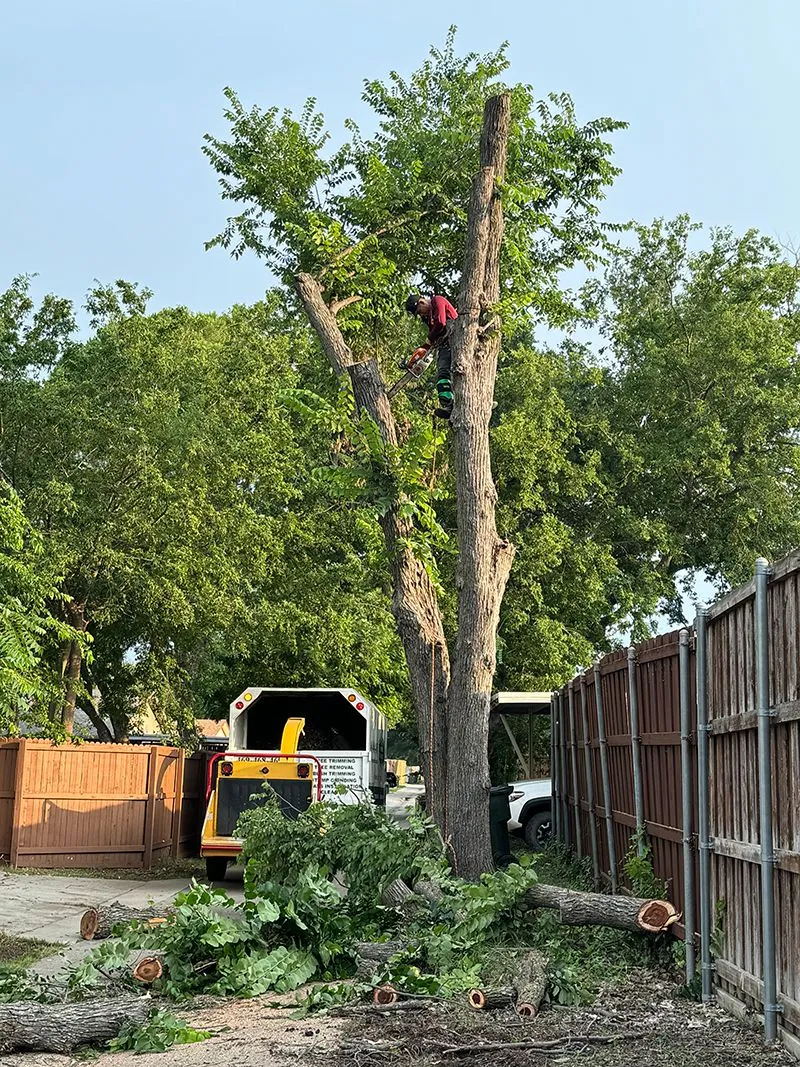
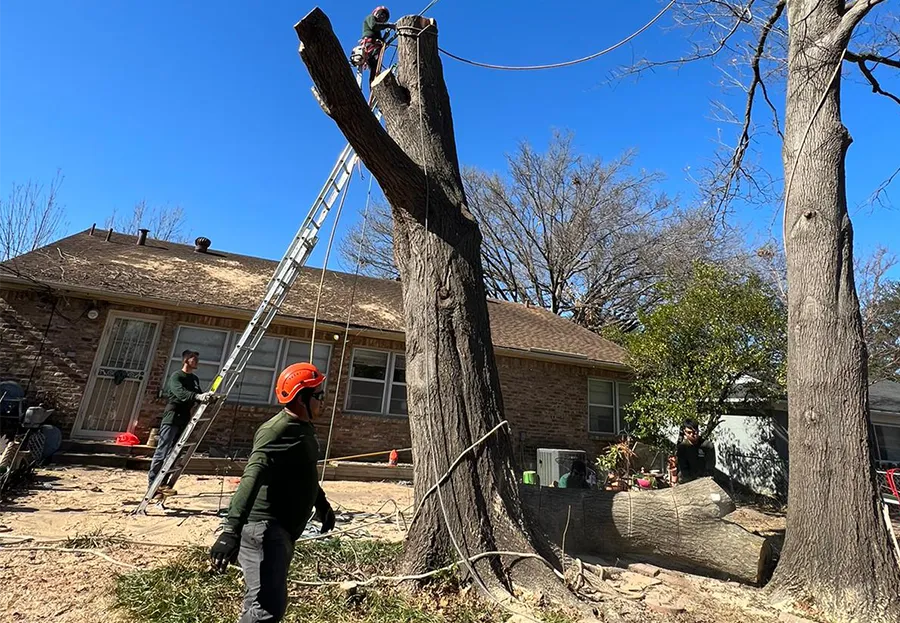
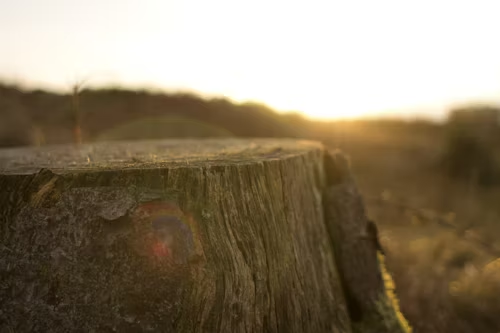
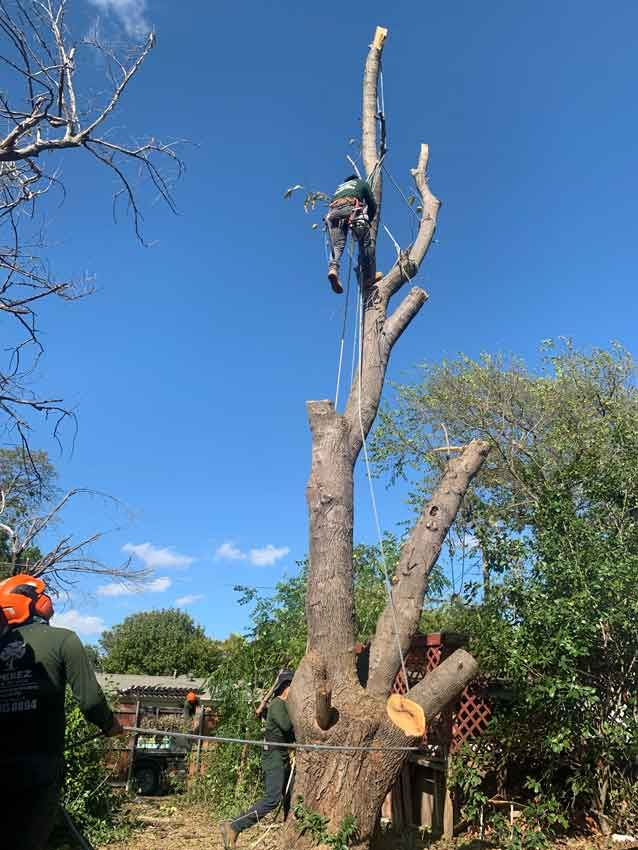
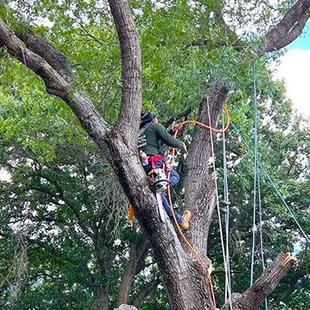
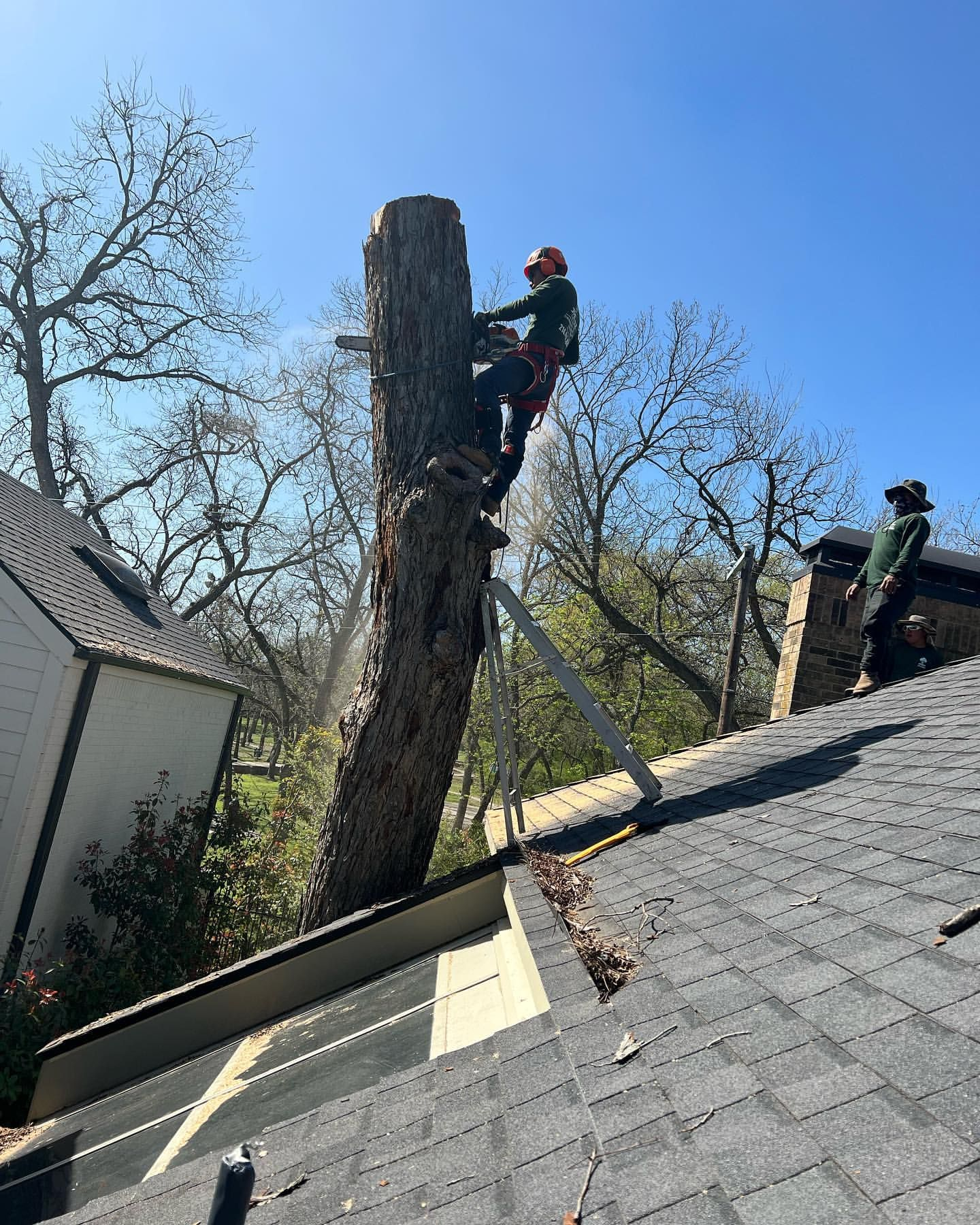
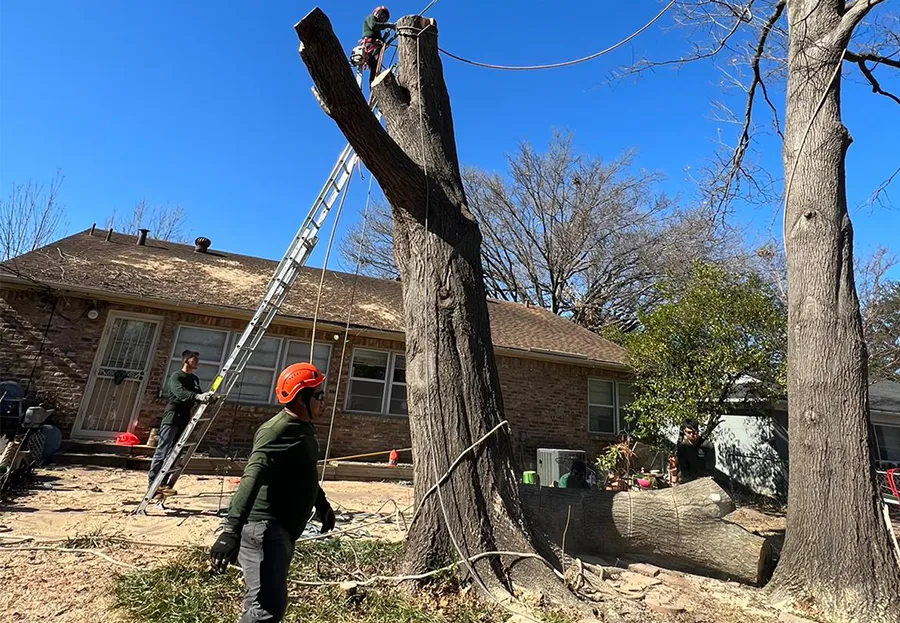
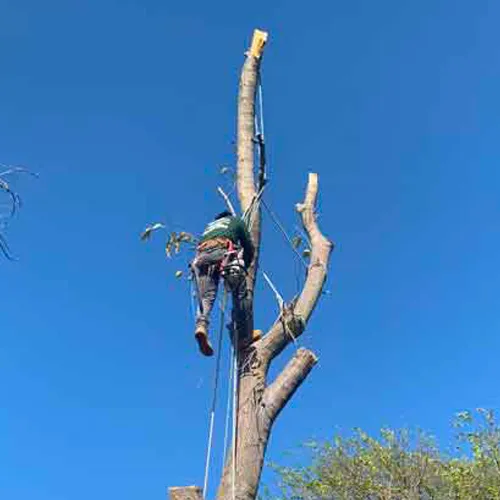
Estimate Request
Please fill in the form below and we'll have a representative contact you.
We will get back to you as soon as possible.
Please try again later.
About Us
As a locally owned and operated company, we take pride in helping home and business owners in our community with all of their tree related needs.
All Rights Reserved | J Perez Tree Service LLC
